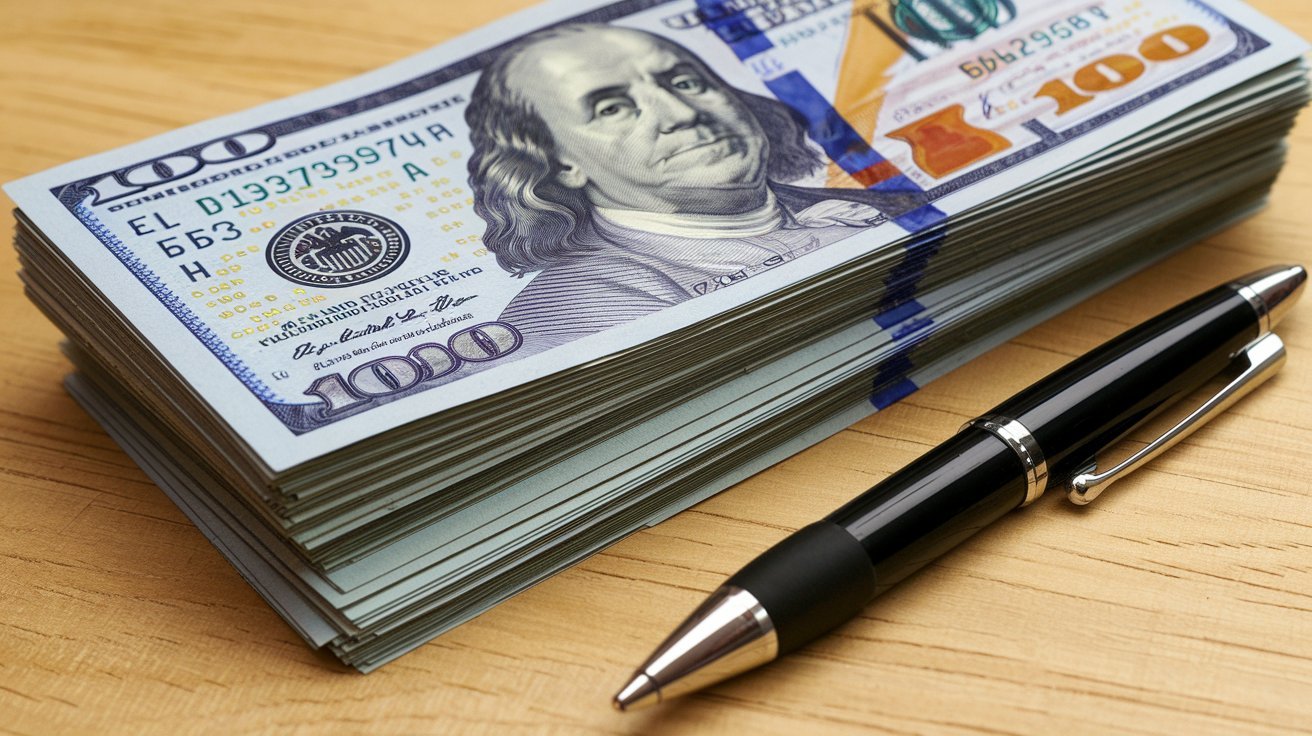With utility costs continuing to rise, implementing effective energy-saving strategies has become crucial for managing household expenses. This comprehensive guide provides practical solutions to reduce your energy consumption and lower your utility bills in 2025.
Smart Technology Integration
Leverage Modern Solutions for Maximum Savings
Smart home technology offers unprecedented control over energy usage:
- Install smart thermostats for optimal temperature control
- Use smart power strips to eliminate phantom energy drain
- Implement automated lighting systems
- Monitor energy usage with smart meters
- Connect appliances to home energy management systems
- Schedule operations during off-peak hours
Heating and Cooling Optimization
Master Climate Control Efficiency
HVAC systems typically account for the largest portion of energy bills:
- Schedule regular maintenance checks
- Replace or clean filters monthly
- Seal air leaks around windows and doors
- Use programmable temperature settings
- Consider zoned heating and cooling
- Utilize ceiling fans for better air circulation
Lighting Solutions
Illuminate Wisely
Modern lighting technology offers significant savings:
- Switch to LED bulbs throughout your home
- Install motion sensors for less-used areas
- Use natural light when possible
- Consider smart bulbs for automated control
- Implement task lighting instead of whole-room lighting
- Take advantage of daylight savings patterns
Appliance Efficiency
Maximize Performance While Minimizing Consumption
Smart appliance usage can dramatically reduce energy costs:
- Run full loads in dishwashers and washing machines
- Use cold water for laundry when possible
- Maintain appropriate refrigerator temperature
- Clean dryer vents regularly
- Consider Energy Star rated replacements
- Schedule appliance use during off-peak hours
Water Heating Strategies
Optimize Your Hot Water Usage
Water heating represents a significant energy expense:
- Lower water heater temperature to 120°F
- Insulate hot water pipes
- Consider tankless water heater options
- Install low-flow fixtures
- Fix leaky faucets promptly
- Use cold water when possible
Home Insulation
Create an Efficient Envelope
Proper insulation is crucial for energy efficiency:
- Check attic insulation levels
- Install weather stripping around doors
- Use window treatments strategically
- Consider radiant barriers in attics
- Seal gaps and cracks in walls
- Insulate electrical outlets on exterior walls
Seasonal Adjustments
Adapt to Weather Changes
Different seasons require different approaches:
Summer Savings
- Use outdoor grills to reduce indoor heat
- Close blinds during peak sun hours
- Service AC units before peak season
- Use dehumidifiers efficiently
- Create cross ventilation when possible
- Consider installing awnings
Winter Efficiency
- Reverse ceiling fan direction
- Use draft stoppers under doors
- Open blinds during sunny hours
- Close fireplace dampers when not in use
- Add area rugs to bare floors
- Maintain humidity levels for comfort
Behavioral Changes
Small Actions, Big Impact
Daily habits can significantly affect energy usage:
- Turn off lights when leaving rooms
- Unplug unused electronics
- Use natural light when possible
- Air dry clothes when weather permits
- Cook multiple meals at once
- Use microwave for small portions
Alternative Energy Options
Explore Renewable Solutions
Consider sustainable energy alternatives:
- Evaluate solar panel potential
- Look into community solar programs
- Research local wind energy options
- Consider geothermal heating/cooling
- Explore government incentives
- Calculate long-term savings potential
Monitoring and Management
Track Your Progress
Keep track of your energy-saving efforts:
- Use energy monitoring apps
- Compare monthly bills
- Track seasonal variations
- Document successful strategies
- Identify problem areas
- Calculate return on investments
Implementation Strategy
Making Changes That Last
Immediate Actions
- Change light bulbs to LED
- Install smart power strips
- Seal obvious air leaks
- Program thermostat
- Check filter conditions
- Begin energy usage tracking
Short-Term Projects
- Schedule HVAC maintenance
- Install weather stripping
- Add insulation where needed
- Update old appliances
- Install smart thermostats
- Implement water-saving measures
Long-Term Investments
- Consider solar installation
- Upgrade windows
- Replace aging HVAC systems
- Improve home insulation
- Install energy-efficient doors
- Explore alternative energy options
Cost-Benefit Analysis
Understand Your Investments
Evaluate potential savings against costs:
- Calculate payback periods
- Research available rebates
- Consider utility incentives
- Factor in maintenance costs
- Project long-term savings
- Prioritize high-impact changes
Conclusion: Building a More Efficient Future
Reducing energy consumption and lowering utility bills requires a combination of smart technology, proper maintenance, and mindful habits. By implementing these strategies systematically, you can achieve significant savings while contributing to environmental sustainability.
Remember that energy efficiency is an ongoing process, not a one-time effort. Start with the most impactful and cost-effective changes, then gradually implement additional measures as your budget allows. The key is to create sustainable habits and systems that continue to generate savings over time.
Most importantly, view energy efficiency as an investment in both your financial future and the environment. Every kilowatt-hour saved reduces your carbon footprint while putting money back in your pocket. With consistent effort and smart choices, you can create a more energy-efficient home that benefits both your wallet and the planet.
Your journey to lower utility bills starts with the first change. Choose your initial energy-saving strategies, create an implementation plan, and start tracking your savings. The efforts you make today will compound over time, resulting in significant long-term financial and environmental benefits.

